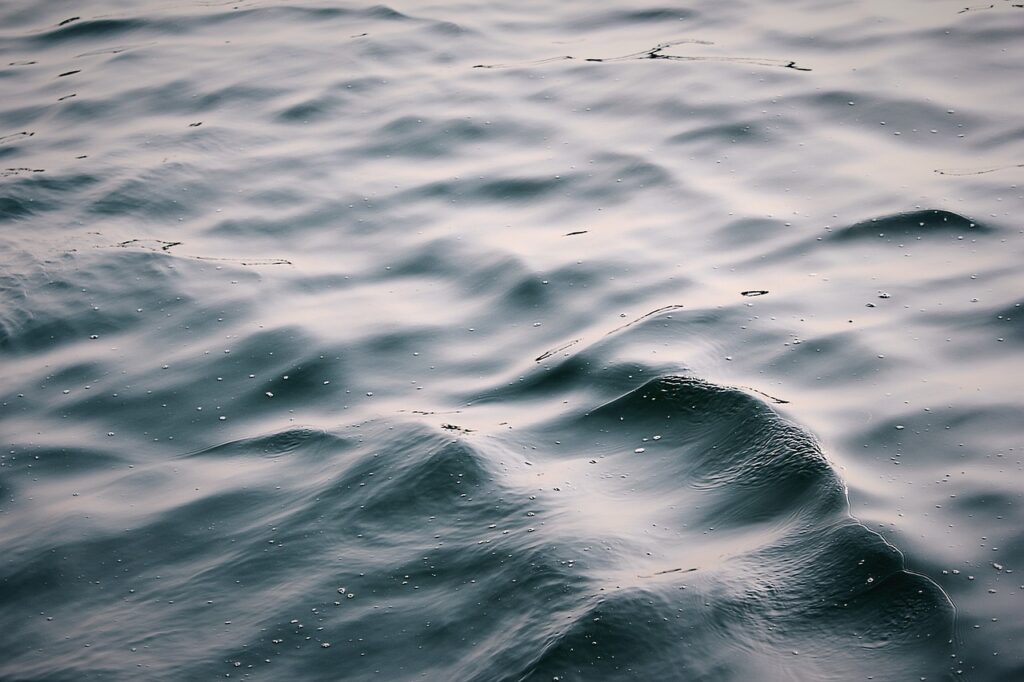The surge in global energy demands presents an increasingly insurmountable challenge and intensifying environmental concerns necessitate a decisive shift towards cleaner alternatives.
Hydrogen energy is nudging its way to the fore due to its environmentally friendly nature and zero carbon dioxide emissions. Prof. Lifeng Liu from the Songshan Lake Materials Laboratory in China accentuates that hydrogen is pivotal in switching to carbon neutrality. It not only serves the transport sector through hydrogen fuel cells but also spans diversified applications in sectors like steel manufacturing, metal refining, synthesis of ammonia/methanol, among others, thereby supporting net-zero emissions.
Contradictorily, conventional methods of hydrogen production such as through coal gasification and steam reforming greatly undermine its potential due to the detrimental environmental impact they elicit.
Hydrogen can be sustainably harnessed from pure water, which is composed of oxygen and hydrogen, through a more ecologically benign method – electrolysis. Water molecules are divided into ions and electrons at the positively charged electrode (anode). These travel to a negatively charged electrode (cathode) to form pure hydrogen along with other by-products. Renewable energy-driven water electrolysis has been widely accepted as a viable method for ‘green’ hydrogen production.
Although, the scarcity of freshwater could hinder the large-scale deployment of water electrolysers. For instance, the European Union aims to install 40 GW water electrolysers in Africa by 2030, where freshwater deficiency could be an obstacle.
Clean Hydrogen from Seawater
Considering these limitations, Liu and his colleagues sought for viable alternatives and proposed a ground-breaking method for hydrogen production from seawater, which makes up about 96.5% of all water reserves on Earth. Their findings feature in the Advanced Functional Materials journal.
However, the presence of potassium hydroxide and sodium chloride in seawater complicates the process as they partake in electrolysis, increasing energy consumption and not producing pure hydrogen, while causing electrolyzer components to corrode.
Liu’s team combats these impediments by blending seawater with hydrazine and coating the electrodes with platinum and tellurium foil. This instigates catalysis in electrolysis, lowers the voltage needed, briefly restricts undesirable side reactions, increases the electrolyzer’s reliability, and prevents corrosion.
Furthermore, the electrolysis device generated more energy than it consumed, alluding to the self-sustenance of hydrogen production.
Notwithstanding these steps forwards, scientists anticipate several roadblocks ahead before achieving truly clean hydrogen production. Notable aspects include the need for an alternate molecule to replace highly toxic hydrazine and lowering dependence on platinum catalysis due to mining-related environmental issues and cost considerations.





